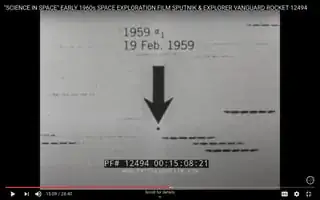How bright are geostationary satellites due to reflected sunlight? and Did Sputnik 1 tell us more than “beep”? What science was improved by information gained from its orbiting the Earth? now have me wondering how bright and visible Sputnik 1 would have been.
Sputnik 1 was a smooth, shiny, reflective metal sphere 58 cm in diameter with an initial periapsis and apoapsis of about 200 and 900 km altitude.
Vanguard 2 was similar, with a 51 cm diameter and a 560 x 2,953 orbit.
Normally we treat asteroids with an albedo and some model for diffuse reflectivity based on phase angle. See answers to the questions linked below.
But in this case it's probably a good approximation to use geometrical optics and assume specular reflection. The problem is that I don't know how to do that!
Question: Apparent magnitude of a spherical body with specular, rather than diffuse reflectivity? How bright were Sputnik 1 and Vanguard 2?
- Calculating the apparent magnitude of a satellite
- Why is Enceladus's albedo greater than 1?
- What is the difference between albedo, absolute magnitude or aparent magnitude?
- When would we detect a tiny meter size natural satellite in a geostationary orbits?
- Venus' magnitude during inferior conjunction
Screen shots from the PeriscopeFilm video "Science in Space" Early 1960's Space Exploration Film Sputnik & Explorer Vanguard Rocket 12494 The photographic negative contains an image of Vanguard 2 from a tracking camera. Click for full size:


